#Peter ii of Russia
Explore tagged Tumblr posts
Text

peter ii of russia for @aylwww for being the second fan of pyotr ii that i met
27 notes
·
View notes
Text
Fellas, is it gay to sleep in your bff’s room while he’s forced to be on bed rest after getting run over by a horse?
#Peter ii of Russia#Ivan dolgorukov#I’m not kidding#this isn’t even the shows now#but an actual historical anecdote#op#history#Russia
0 notes
Text
petrushka<3
1 note
·
View note
Text
Best couple of the year

#russian history#history#russian empire#historical shitpost#peter iii of russia#Peter iii#catherine ii of russia#catherine ii#catherine the great#historical memes
98 notes
·
View notes
Text

II have created several more interchangeable clips for bracelets. Barclay de Tolly has this effect of either snow or stars. I unsuccessfully cut a circle at Suvorov, but the edge glows in the dark (the same story with Fyodor Ushakov)
#peter the third#hello from russia#alexander suvorov#Fyodor Ushakov#Mikhail Speransky#Voltaire#friedrich ii#barclay de tolly
18 notes
·
View notes
Text

Their relationship was such a mess
I'll probably post less in the next couple of weeks since college is killing me
14 notes
·
View notes
Text
Fabergé Eggs

Fabergé Eggs, perhaps considered one of the most famous examples of exquisite and luxurious craftsmanship to this day.
Fabergé eggs were originally commissioned by the Russian Imperial family in the late 1800s AD.
Tsar Alexander III (10 March 1845 – 1 November 1894) wanted a richly jeweled egg as an Easter gift for his wife, so Russian jeweler Peter Carl Fabergé (30 May [O.S. 18 May] 1846 – 24 September 1920) got to work and produced very first Fabergé egg in 1885 AD.
And like Easter eggs you may find hidden in your shrubs or gutters, these eggs were also intended to contain a surprise inside.
Initially, the first Fabergé egg was to contain a diamond ring, but after specific instructions given by the Emperor, the egg could be opened to find a ruby pendant instead.
Over the course of the next two decades, ten eggs were produced for the family during Alexander III’s reign, starting a dazzling tradition that his son Nicholas II (18 May [O.S. 6 May] 1868 – 17 July 1918) would carry on for his wife and his mother every Easter.
The popularity of eggs-travagant gifts spread well beyond the Imperial family, and soon, other wealthy families began commissioning their own eggs.
The eggs then began to represent great wealth and luxury that owning a Fabergé egg was considered a status symbol.
And with the skill level and time that it took to craft up just one Fabergé egg – up to one year per egg – it’s no surprise they come with such a high value.
The intricate Fabergé egg-making process began by creating a design for the egg and then the outer shell would start to come to life.
The team of goldsmiths would craft the eggs out of precious metals like gold or silver.
They were each decorated with intricate engravings, filigree work and other decorative elements.
And while his competitors used a standard palette, Fabergé wanted to experiment with more colors.
He created resplendent yellows, mauves, and all shades of greens — coming up with over one hundred and forty new colors.
Just as important as its exterior, the Fabergé egg’s interior was given just as much attention to detail.
A team of jewelers would work on creating a surprise to be hidden inside the bejeweled shell.
These surprises could be anything from miniature portraits of the recipients’ husbands to tiny replicas of famous landmarks.
The artists behind these miniature works of art were some of the best miniature painters, sculptors and engravers of that time who used a variety of material, including enamel, precious stones and even hair to create their work.
Finally, once all of the intricate pieces were complete, they were assembled by a team of skilled craftsmen to create the final product.
The egg was then presented to the recipient and would become a treasured family heirloom for years to come.
Unfortunately, the House of Fabergé was forced to close its doors during the Russian Revolution in 1917.
Fabergé and his family fled Russia.
Many of the Fabergé eggs were sold, lost or smuggled out of Russia during this time, but now, many of them are housed in museums like the famous Fabergé Museum in St. Petersburg, Russia.
However, history came full circle when in 2007, with new ownership and direction, the company announced the reunification of the brand with the Fabergé family.
This new chapter set the stage for a total revitalization of the Fabergé name and philosophy, which are in tune with its original values and spirit.
#House of Fabergé#Fabergé Eggs#Russian Imperial Family#Tsar Alexander III#Peter Carl Fabergé#Easter eggs#Tsar Nicholas II#Russian Revolution (1917)#Fabergé Museum#St. Petersburg#Russia#craftsmanship#family health#status symbol#jewelries#House of Romanov#Easter#Happy Easter#Easter Sunday#Resurrection Sunday#eggs
50 notes
·
View notes
Text

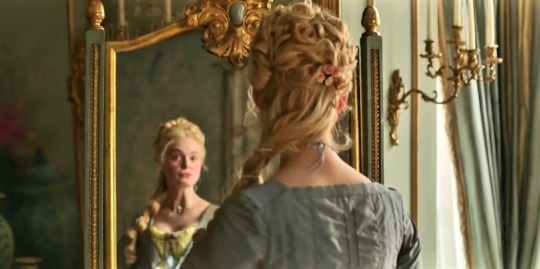

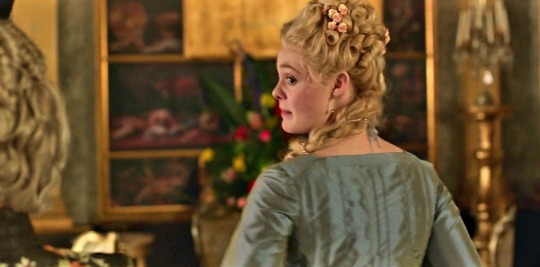
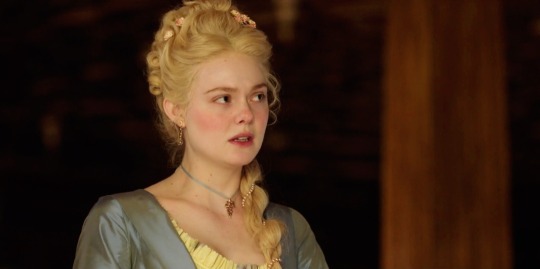


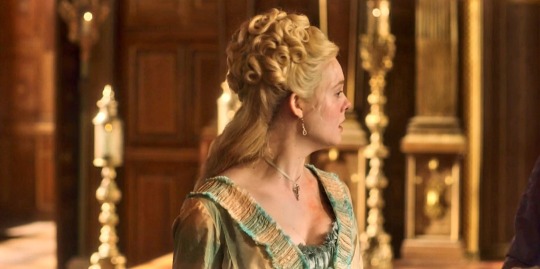
Catherine the Great hairstyles 🌸
#the great#catherine the great#elle fanning#perioddramaedit#the great hulu#the great tv#empress#costumedit#period drama#catherine x peter#catherine ii#catherine ii of russia#russian empress#hairstyle#hairporn#flowers#aesthetic#my edit
113 notes
·
View notes
Text
In 1945, the Doctor (Doctor 7) and his companion Ace arrived at an army base (that was stockpiling nerve gas and using a super computer to decode intercepted German messages) near the close of World War II. Ace met her mother as a baby. The Doctor was caught up in all sorts of adventures involving Viking runes, Russian commandos, Haemovores and Fenric. ("The Curse of Fenric", Doctor Who, vlm 1, TV)
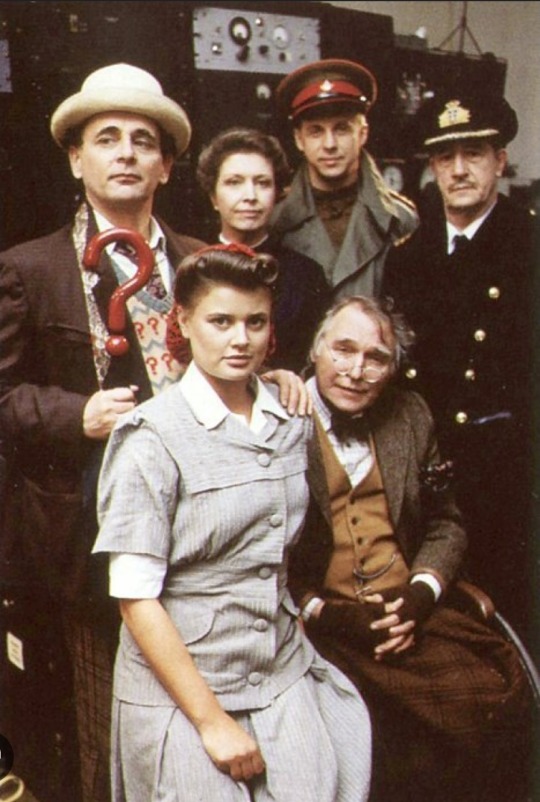
#nerds yearbook#sci fi tv#doctor who#dw#1945#world war 2#ww2#world war ii#wwii#time travel#vampire#nicholas mallett#ian briggs#doctor 7#7th doctor#sylvester mccoy#sophie aldred#ace#russia#dinsdale landen#alfred lynch#nicholas parsons#janet henfrey#tomasz borkowy#peter czajowski#marek anton#mark conrad#joann kenny#joanne bell#anne reid
14 notes
·
View notes
Text
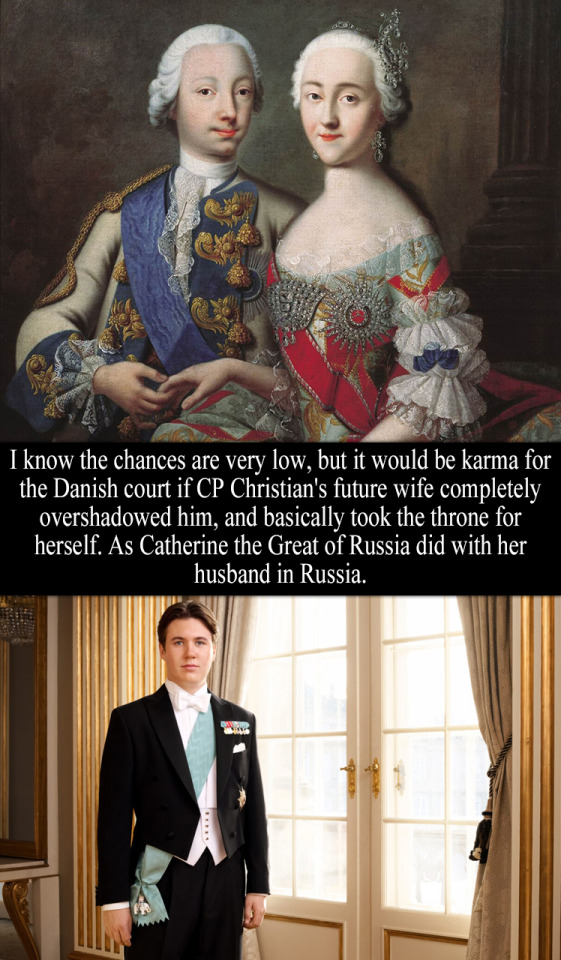
“I know the chances are very low, but it would be karma for the Danish court if CP Christian's future wife completely overshadowed him, and basically took the throne for herself. As Catherine the Great of Russia did with her husband in Russia.” - Submitted by Anonymous
10 notes
·
View notes
Text
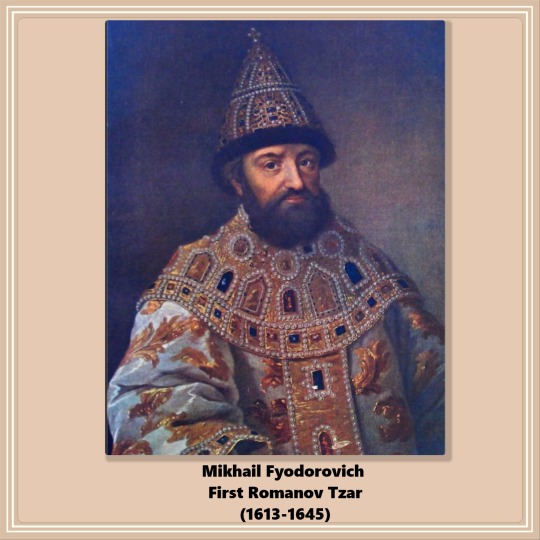




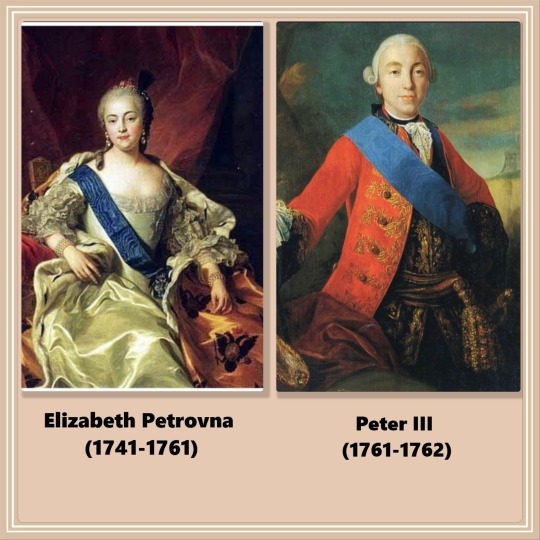

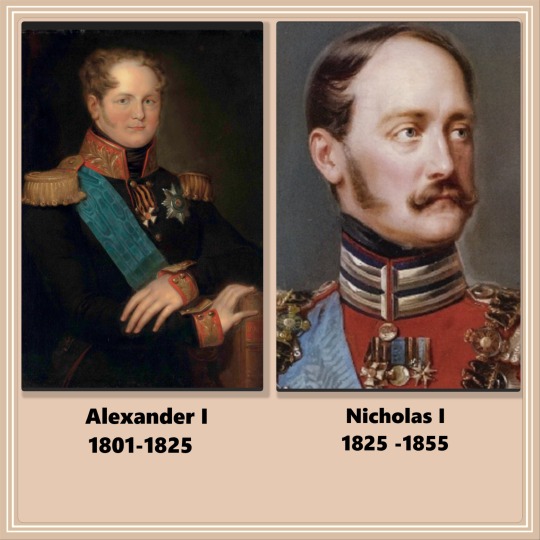

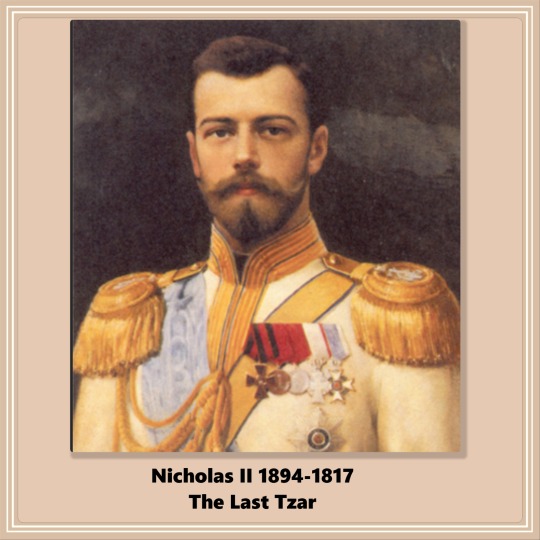
👑The Romanov Dynasty
The Grand Duchy of Moscow under Prince Ivan III was the first unified state on Russian territory. With him began the Rurikid Dynasty (the Rurikid had been around for a long time along hoards of tartars).
The Rurikid ruled from the 1400s until the 1600s. Ivan III can be considered the founder of Russia. While the Rurikid were in power, the Romanovs were boyars (nobles) in their courts. When the Ruriks became extinct, the Romanovs took over. The "Zemsky Sorbor" (a rudimentary parliament) elected Mikhail Feodorovich as the first Romanov Tzar.
The direct male line of the Romanovs ended with Elizabeth of Russia, who was childless. Her nephew Peter III, a member of the House of Holstein-Gottorp (a cadet branch of the German House of Oldenburg that reigned in Denmark), ascended to the throne and adopted his Romanov mother’s house name. Descendants after Elizabeth are sometimes referred to as "Holstein-Gottorp-Romanov."
The above is a gross oversimplification of a very complex course of events.
Highlights about each Romanov Tsar/Tsarina:
👑Mikhail Feodorovich (1613 - 1645): First Romanov Tsar
👑Alexei Mikhailovich (1645 - 1676): Encouraged trade and cooperation with Europe. Father of Peter the Great
👑Feodor III (1676 - 1682): Had very poor health and spent most of his reign in bed
👑Peter I and 👑 Ivan V (1689 - 1785): It was complicated. The two of them were Tsars under the regency of their older sister Sophia.
👑Peter I (1689-1725): Reformed Russia's politics, government, and culture. Made Russia a military power.
👑Catherine I (1725-1727): At the time of Peter the Great's death, the mechanism for succession consisted of the Tsar selecting his successor, but Peter did not elect one before dying. His wife became the Tsarina, but others governed through her.
👑Peter II (1727-1730): Peter's grandson; ascended the throne at 11 and died at 14. The "Privy Council" or "Soviet" ruled through him.
👑Anna Ioannovna (1730-1740): Daughter of Peter's half-brother Ivan. The Privy Council invited her to rule (wanting her to be a puppet), but she disbanded them and ruled herself successfully.
👑Ivan VI (1740-1741): One-year-old son of Ana's niece. She left the throne to him, expecting his mother to govern. Elizabeth, daughter of Peter the Great, deposed him (and his mother.)
👑Elizabeth Petrovna (1741-1761): Last Russian on the Russian throne; her twenty-year reign was successful.
👑Peter III (1761-1762): Grandson of Peter the Great and next in line for the throne after Elizabeth. Ruled for only half a year before being deposed by his wife, Catherine. He was murdered soon after the coup d’etat.
👑Catherine the Great (1762-1796): Her accomplishment went from the Empire’s territorial expansion to political development to the proliferation of sciences. However, the Empire had an enormous external debt by the end of her reign.
👑Paul I (1796-1801): Paul, the son of Catherine the Great and Peter III, became Emperor at 42 after the death of his mother. He started a lot of major military and political reforms. Paul was murdered in a coup d'etat. Paul decreed house laws for the Romanovs (the Pauline laws) – among the strictest in Europe – which established semi-Salic primogeniture and required Orthodox faith for the monarch and dynasts
👑Alexander I (1801-1825): During his reign, Russia defeated Napoleon's forces (which got as far as Moscow in their attempt to conquer Russia.) There was also great development in culture and arts.
👑Nicholas I (1825-1855): Paul I’s third son, younger brother of Alexander. Started railroad construction in Russia, boosting industrialization. Codified Russian laws and reformed finances.
👑Alexander II (1855-1881): His major reforms included the peasant emancipation of 1861, military reform, and the introduction of new types of self-governing village societies and more. Unfortunately, he fell victim to a terrorist after five attempts.
👑Alexander III (1881-1894): Russia didn’t enter any wars in his time. His domestic policy was conservative. He amended the Pauline laws. The economy flourished. But the revolution was brewing below the surface.
👑Nicholas II (1894-1917): His policies were unsuccessful. Established the first official Duma in 1905, but it was too little too late. With the advent of WWI, the Russian Empire ceased to exist. He abdicated. (gcl)
Sources:
Panov, A., Delaroche, P., & Abramuchkin, Y. (2021, July 31). The Complete List of Russian Tsars, Emperors, and Presidents. Russia Beyond. Retrieved June 20, 2023, from https://www.rbth.com/history/334065-complete-list-of-russian-tsars-emperors-rulers-presidents
#russian history#imperial russia#romanov dynasty#Nicholas II#Alexander III#Alexander II#Alexander I#Catherine I#Catherine II#Nicholas I#Paul III#Elizabeth Petrovna#Mikhail Feodorovich#Alexei Mikhailovich#Feodor III#Ivan VI#Peter I#Peter II#Peter III#Anna Ioannovna#Romanov Tsars#gcl
36 notes
·
View notes
Text

[text translation:
mobilization
news and politics
minecraft modes]
6 notes
·
View notes
Text
#polls#poll#russia#russian empire#russian federation#romanovs#rasputin#catherine the great#peter the great#tsars#tsar nicholas ii#boris yeltsin#vladimir vladimirovich putin#dmitry medvedev#Российская империя#Российская Федерация
2 notes
·
View notes
Text
Romanovs men edit💋
my edit made by using capcut!!
i'm in love help mee😩😜
They are all so handsome, gentle and clever
#my edit#capcut edit#capcut#my first love#romanovs men#george alexandrovich#nicholas i of Russia#alexander iii#Sasha#peter the great#tsar nicholas ii#alexei nikolaevich#grand duke mikhail pavlovich#grand duke mikhail alexandrovich#alexander ii
47 notes
·
View notes
Text
The traditional values

#russian history#history#russian empire#historical shitpost#historical memes#peter iii of russia#Peter III#catherine ii of russia#catherine ii#catherine the great#romanovs
49 notes
·
View notes
Text

The Princess of Orange Receiving Alexander II (1818-1881), Grand Duke and Heir to the Throne of Russia, in the Czar Peter's House in Zaandam, 17 April 1839
Artist: Christiaan Julius Lodewijk Portman (Dutch)
Genre: Portrait
Date: 1839 - 1840
Collection: Rijksmuseum Museum, Amsterdam, Netherlands
#portrait#princess of orange#alexander ii#czar peter house#netherlands#oil paint#russia#christiaan julius lodewijk portman#19th century art
1 note
·
View note